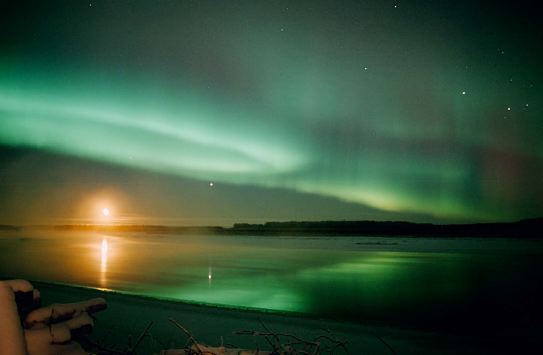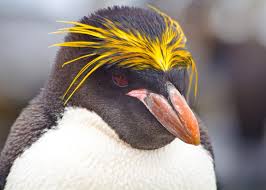Souvenir Sheet: View of Aurora Australis at Dumont d'Urville Base (French territories in the Antarctic 2020)
View of Aurora Australis at Dumont d'Urville Base (French territories in the Antarctic 2020)
02 January (French territories in the Antarctic ) within release View of Aurora Australis at Dumont d'Urville Base goes into circulation Souvenir Sheet View of Aurora Australis at Dumont d'Urville Base face value 1.45 Euro
| Souvenir Sheet View of Aurora Australis at Dumont d'Urville Base in catalogues | |
|---|---|
| Colnect codes: | Col: TF 2020-12 |
Souvenir Sheet is horizontal format.
Also in the issue View of Aurora Australis at Dumont d'Urville Base:
- Stamp - View of Aurora Australis at Dumont d'Urville Base face value 1.45;
- Souvenir Sheet - View of Aurora Australis at Dumont d'Urville Base face value 1.45;
Souvenir Sheet View of Aurora Australis at Dumont d'Urville Base it reflects the thematic directions:
Animals are multicellular, eukaryotic organisms of the kingdom Animalia (also called Metazoa). All animals are motile, meaning they can move spontaneously and independently, at some point in their lives. Their body plan eventually becomes fixed as they develop, although some undergo a process of metamorphosis later on in their lives. All animals are heterotrophs: they must ingest other organisms or their products for sustenance.
An aurora (pl. aurorae or auroras), also commonly known as the northern lights (aurora borealis) or southern lights (aurora australis), is a natural light display in Earth's sky, predominantly seen in high-latitude regions (around the Arctic and Antarctic). Auroras display dynamic patterns of brilliant lights that appear as curtains, rays, spirals, or dynamic flickers covering the entire sky.
Penguins are a group of aquatic flightless birds from the family Spheniscidae (/sfɪˈnɪsɪdiː, -daɪ/) of the order Sphenisciformes (/sfɪˈnɪsəfɔːrmiːz/). They live almost exclusively in the Southern Hemisphere: only one species, the Galápagos penguin, is found north of the Equator. Highly adapted for life in the ocean water, penguins have countershaded dark and white plumage and flippers for swimming. Most penguins feed on krill, fish, squid and other forms of sea life which they catch with their bills and swallow whole while swimming. A penguin has a spiny tongue and powerful jaws to grip slippery prey



